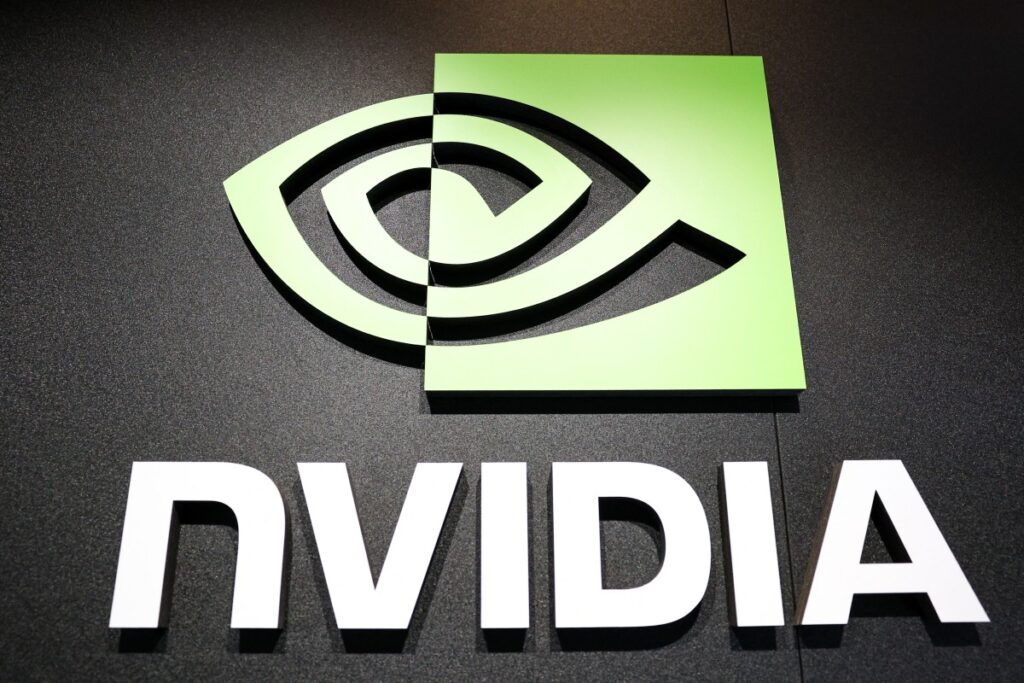Google has launched the Middle East version of its insight hub, Think with Google. The website, which is free to access, collates intelligence on the MENA region’s digital landscape through various content forms including videos, case studies, research reports and infographics. It also brings together tools such as Google Trends under its Planning Tools section.
The platform was first launched in the US a few years ago and then expanded to Europe. Google explains that one of the reasons it chose to launch the hub in the region is the lack of quality research and data available on the region’s digital and mobile spheres. The data available on the hub is a combination of Google’s independent research as well as third-party research.
In March, Google also launched the Consumer Barometer – a website that provides data about a few key topics, such as multiscreen usage and smart shopping. The barometer is frequently updated with new research and allows viewers to view the raw data or filter and analyze it. It also allows them to create their own graphs. Google says that, for now, the Consumer Barometer won’t be integrated into the Think with Google hub and will exist as an independent platform, although Think with Google’s Planning Tools section provides a link to the barometer website.
The platform offers different tools, such as Google Trends, which uses real-time information to gauge consumer search behavior. Users will find the data and trends that are tracked by Google, along with industry perspectives, consumer perceptions, case studies and behind-the-scenes insights from campaigns.
The launch of the new platform is marked with a proprietary research conducted by Google in conjunction with Ipsos EMEA, called “Moments that Matter”. The idea behind the research is to identify the moments of intent that consumers go through in their everyday lives and how advertisers can capitalize on these moments to improve – rather than interrupt – their consumer’s lives. The results focus on specific moments that carry deep insights into context – where someone is – and intent – what someone wants or needs at that moment. The research shows how this combination of context and intent-driven insight provides more opportunities for brands to be relevant and connect with consumers in more meaningful ways.
“Consumers turn to their phones with intent and expect brands to deliver immediate answers. In order to be efficient, advertisers need to focus on [the] consumers’ intent or what they want or need at a certain moment,” says Bilal Kabbani, large advertiser and agency marketing lead, MENA, Google Middle East, in a press statement. “These passion-driven moments are where consumers are looking for inspiration or information and are discovering new things. We call these ‘I want to watch’ moments, ‘I want to do’ moments, ‘I need to find’ moments and ‘I need to buy’ moments.”
Key UAE Metrics:
● 68% of online consumers agree that the relevance of a company’s message influences their opinion of a brand.
● 75% of those who have researched on their smartphone have thought about buying a brand they wouldn’t usually consider because of relevant information available on their smartphone in the moment.
● 91% of online consumers in the UAE have taken action after seeing a message from a brand that is relevant to them.
● 69% of those who have researched on their smartphone have actually bought a brand they wouldn’t usually consider because of relevant information available on their smartphone in the moment.





